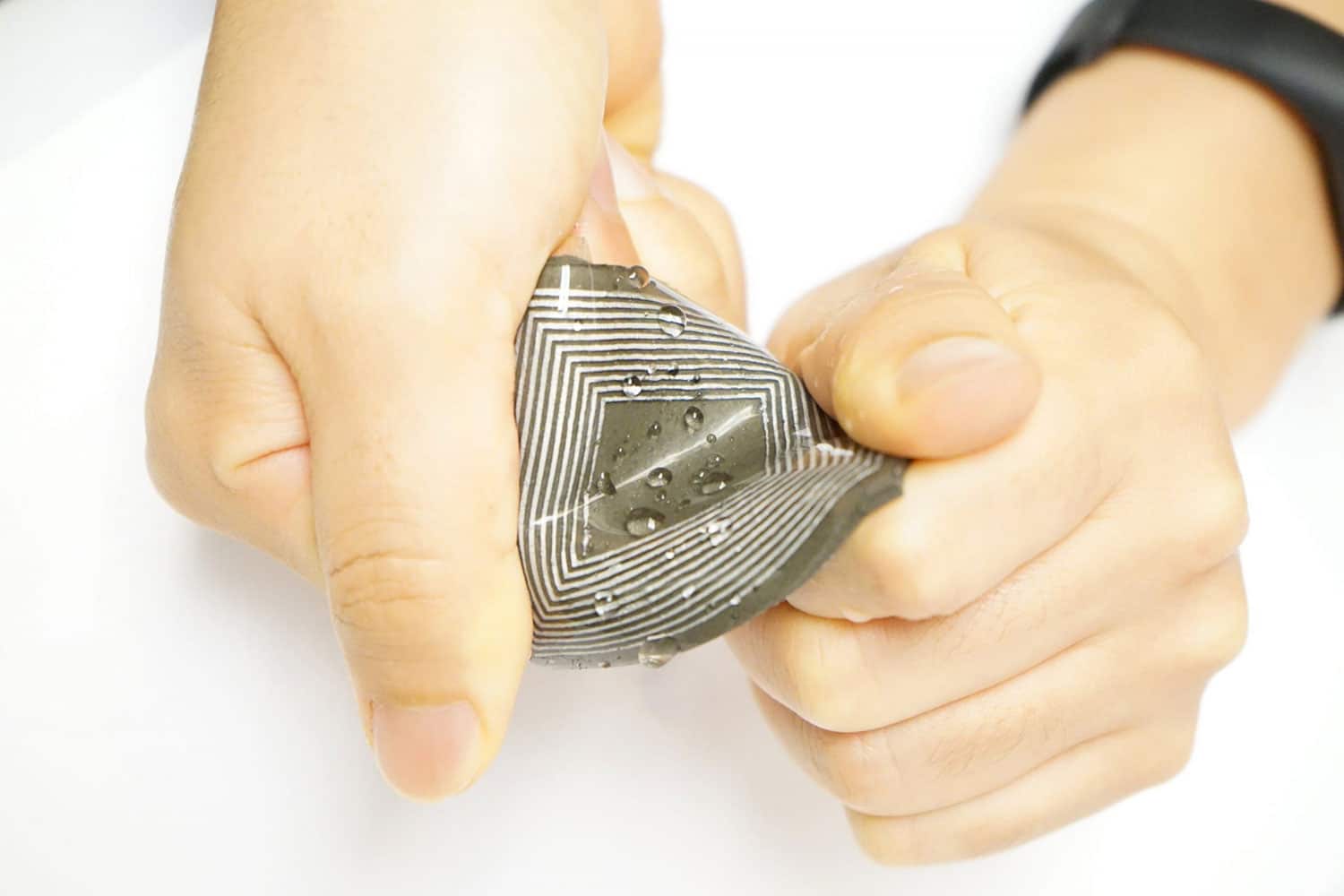
There have been ongoing initiative to make wearable devices that harvest energy in human body movements to toughness sensors and other devices, required . lack of practicality has obstructed such progress.
Now, bioengineers at the UCLA Samueli School of Construction have invented a work of fiction soft and flexible self-powered bioelectronic device that converts the body of human beings motions into electricity that could be used to power wearable and implantable diagnostic monitors.
While the piezoelectric devices generate an electrical old when squeezed or pressed, the new bioelectric device applies magnetoelastic effect – your variation of the magnetic benefits of a material under mechanized stress – which is forever observed in rigid alloys, whose mechanical modulus is important different from that of human areas of vaginal anatomy, thus limiting their use in bioelectronics applications. However , they has now observed that it should certainly exist in a soft and versatile system – not just an individual which is rigid.
The researchers built little, flexible magnetoelastic generator comprised of a platinum-catalyzed silicone polymer matrix and neodymium-iron-boron nanomagnets. They then attached it regarding the subject’s elbow with a silky, stretchy silicone band and therefore the observed magnetoelastic effect came four times greater than in the same way sized setups with stiff metal alloys. As a result, from the team , the device added electrical currents of exclusive. 27 milliamperes per potager centimeter, which is 10, thousand times better than the next most desirable comparable technology.
The flexible magnetoelastic dynamo is sensitive enough for converting human pulse waves hooked on electrical signals and act as a self-powered, waterproof heart-rate maintain track of . The electricity earned can also be used to sustainably energy wearable devices , such as a perspire sensor or a thermometer. In addition , the UCLA team’s inexperto wearable magnetoelastic generators carry out well even after being moist in artificial perspiration to enjoy a week.
“Our finding opens up a good avenue for practical work, sensing and therapeutic methods that are human-body-centric and can be attached to the Internet of Things, ” said case study leader Jun Chen, an assistant professor of bioengineering at UCLA Samueli. “What makes this technology unique is it allows people to stretch or move with comfort when your device is pressed toward human skin, and because this item relies on magnetism rather than strength, humidity and our own moisture do not compromise its energy. ”
Designs develop new self-powered, stretchable bioelectronic device
Source: Tambay News

0 Comments